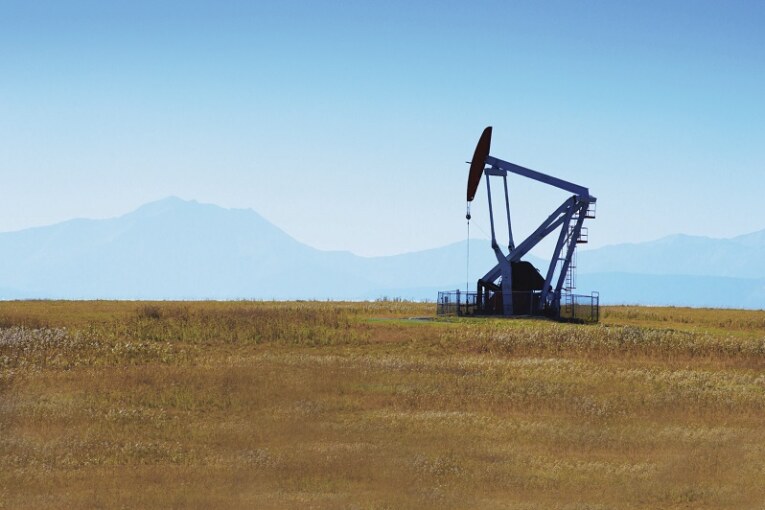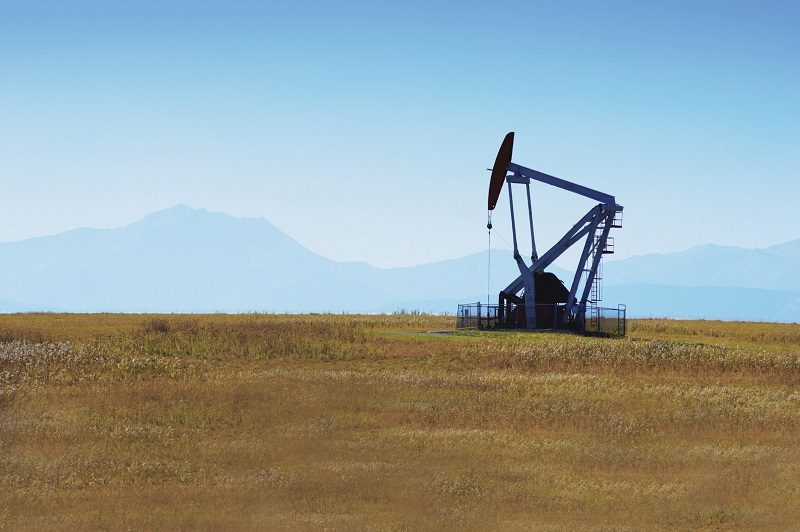

Oil prices continued to slide on Wednesday on investor worries about the ailing state of the global economy, bearish oil demand signals from OPEC+, and increased restrictions to curb COVID-19 in China.
U.S. West Texas Intermediate (WTI) crude futures were down $2.43, or 2.63%, at $89.79 a barrel after sliding $5.37 in the previous session on recession fears.
Brent crude futures for October, due to expire on Wednesday, were down $4.03, 0r 4.02% at $95.78 a barrel following Tuesday’s $5.78 loss. The more active November contract was down $1.37, or 1.4%, at $96.47 a barrel.
Both contracts fell by more than 3% in earlier trade.
“The latest signs of stuttering growth are contracting Chinese factory activity in August and the slower-than-expected expansion of the country’s service sector,” Tamas Varga, analyst at PVM Oil Associates, said.
“Additionally, both the Fed and the ECB are thought to hike interest rates significantly next month, probably by as much as 0.75% – and all these make equity investors run for the exit. Oil duly follows, at least for the time being.”
Euro zone inflation jumped to another record high and will soon hit double-digit territory, heralding a string of big interest rate hikes even as a painful recession appears increasingly certain.
Inflation in the 19 countries sharing the euro currency accelerated to 9.1% in August from 8.9% a month earlier. Meanwhile, UK bonds continued a rapid sell-off on a scale not seen since the 1990s due to the country’s bleak economic outlook.
China’s factory activity extended declines in August as new COVID infections, the worst heatwaves in decades and an embattled property sector weighed on production, suggesting the economy will struggle to sustain momentum.
Parts of China’s southern city of Guangzhou imposed COVID-19 curbs on Wednesday, joining the tech hub of Shenzhen in battling flare-ups and fuelling uncertainty over commerce and daily life in two of the region’s most economically vibrant cities.
Adding to the bearish signals was a report by the Joint Technical Committee of the Organization of the Petroleum Exporting Countries (OPEC) and allies, together called OPEC+.
In it, the JTC said its base case scenario was an oil surplus this year of 900,000 barrels per day (bpd), up 100,000 bpd from its forecast a month earlier.
Some OPEC+ members have called for cuts. The group is next due to meet on Sept. 5.
On the bullish side, data from the American Petroleum Institute (API) showed gasoline inventories fell by about 3.4 million barrels, while distillate stocks, which include diesel and jet fuel, fell by about 1.7 million barrels for the week ended Aug. 26 .
The drawdown in gasoline stockpiles was nearly triple the 1.2 million barrel drop that eight analysts polled by Reuters had expected on average. For distillate inventories they had expected a drop of about 1 million barrels.
However, API data showed crude stocks rose by about 593,000 barrels, against analysts’ estimates of a drop of around 1.5 million barrels.
Russian action on natural gas lent further support. Gazprom halted natural gas flows through Europe’s key supply route on Wednesday as the economic battle intensified between Moscow and Brussels.
You can read more of the news on source



